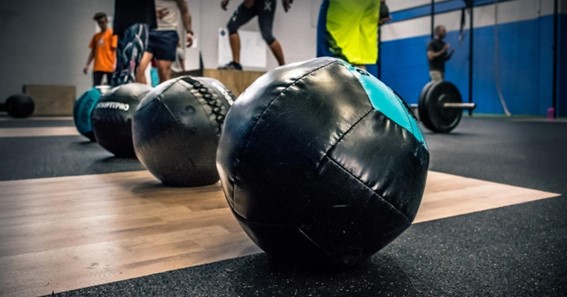Are you ready to start your journey toward a healthier and fitter self? A beginner’s guide to functional fitness training is here to help you achieve your goals. It’s designed to be a one-stop shop of knowledge, offering a comprehensive understanding of the functional fitness training world.
With this guide, you will learn how to optimize different types of workouts for maximum results. You will also discover how to take your functional fitness game to the next level.
It’s time to get started on your path toward a healthier and happier you!
Benefits of Functional Fitness Training
Functional fitness training is an effective way to improve the way your body functions. This is while providing many health benefits. It focuses on the following:
- strengthening core and stabilizing muscles
- increasing flexibility
- improving skill-related activities
It is an effective way to improve overall fitness and well-being. Additionally, functional fitness training helps improve cardiovascular health and strength. It reduces the risk of injury and improves sports performance.
It can also improve posture, reduce stress, and lead to a more positive outlook. Functional fitness training is beneficial for everyone. This is regardless if you are a beginner or a competitive athlete.
Fundamentals of Functional Training
The fundamentals of functional training involve mastering proper technique. It includes understanding the basics of form, function, and balance. Before beginning a functional training program, one must familiarize oneself with the movements. They must learn the anatomy of the body to execute exercises properly.
Additionally, individuals should pay particular attention to the core muscles. These muscles are responsible for providing stability and transferring power to other muscles.
Proper warm-up and dynamic stretching are also necessary to ensure the body is adequately prepared before initiating a workout. Furthermore, the use of proper form throughout each exercise is a must. This is the safest and most effective way to ensure that one gets the most benefit from their functional fitness program.
Lastly, it’s important to set setting attainable goals. This way, one can continually challenge themselves and measure progress over time.
Tools and Accessories to Aid Functional Training
Generally, the equipment used for functional fitness training can be split into free weights such as kettlebells and resistance bands and machines such as cable systems and medicine balls.
Accessories such as wrist supports and lifting straps can also be beneficial. They can provide an extra level of support, security, and comfort.
Establishing a Good Training Routine
Begin by taking time to develop your goals and purpose. Then create a plan that you can stick to. Start with light weights and short but intense bouts of exercise.
Increase the intensity as you become more comfortable with your form and strength levels. However, allow yourself proper rest days.
Focus on compound exercises that work for multiple muscle groups simultaneously. This includes lunges and squats. Also, push yourself out of your comfort zone. You can do this by adding something new each week.
Make sure to perform exercises correctly, with proper form and breathing. Lastly, track your progress and celebrate your successes. You also need to ensure getting a Functional Fitness Certification | ASFA to expand your knowledge.
Start Training Today
Functional fitness training can help individuals of all fitness levels achieve their personal health and fitness goals. Through proper instruction, this type of training can help you improve strength, mobility, and stability while enjoying the challenge of training in a fun, safe, and effective manner.
Give it a try today and start making strides towards your fitness goals!
Visit our blog today for more helpful guides!
What are the benefits of a beginner functional training workout?
